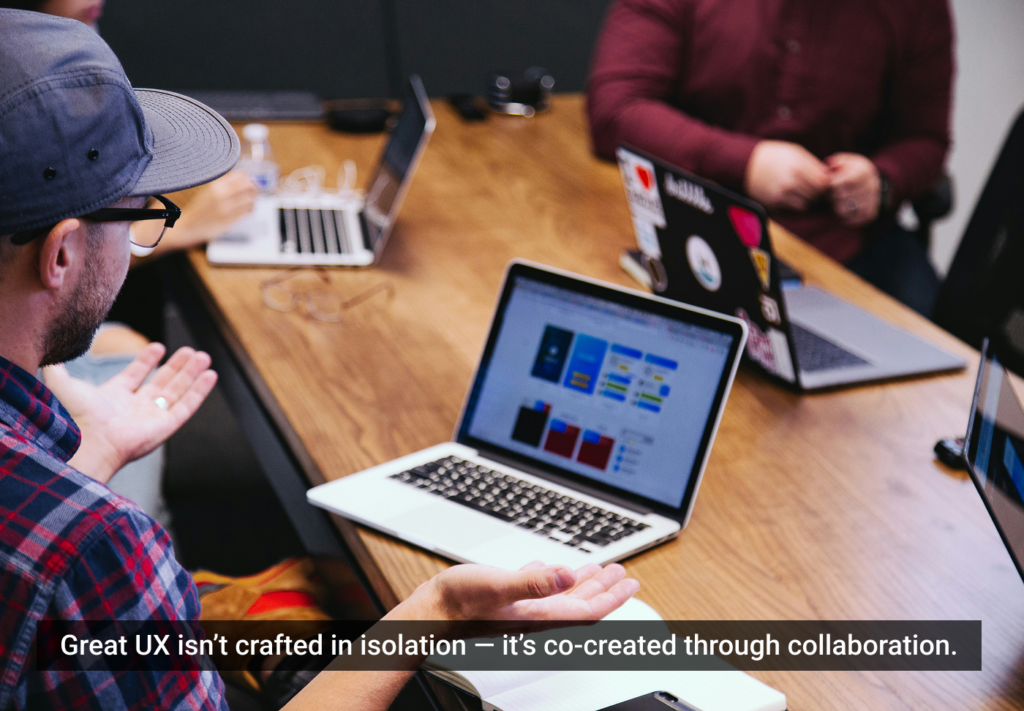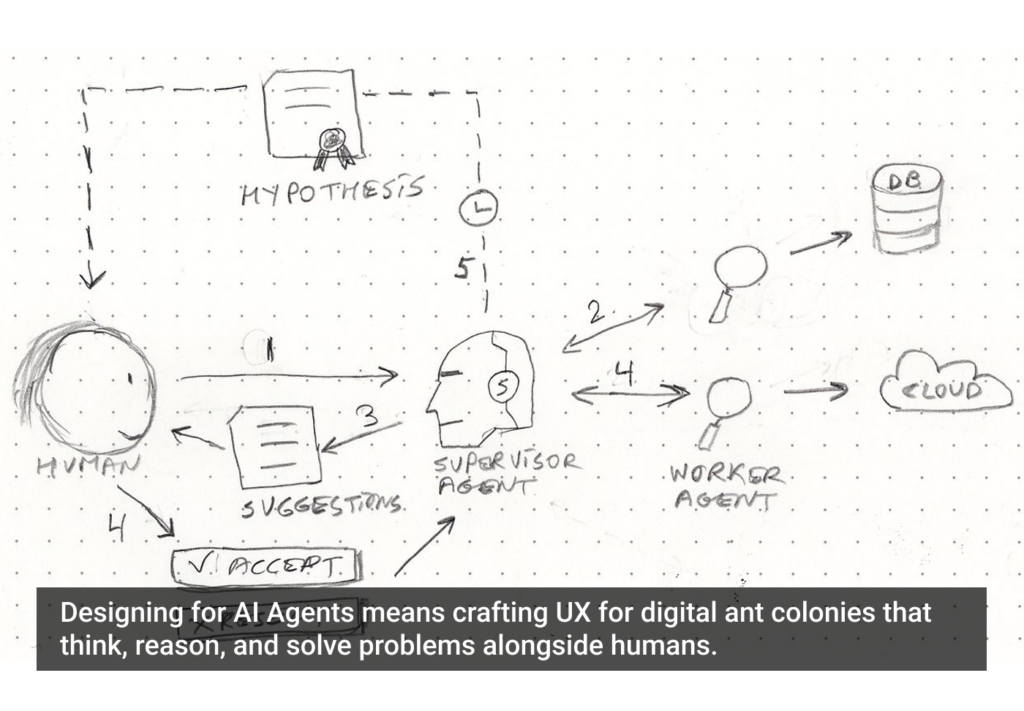It’s part of our daily work. We can’t imagine creating a product or an application without doing it: understanding the user.
Most of the clients we work with at EffectiveUI already have a good understanding of their customers from a market point of view. They know their target demographics and often have an solid sense of psychographics: their customers’ interests, media habits, and lifestyles.
This is all great information that is critical to a company’s success, but what about learning more about a customer than his or her age, gender, interests, and market segment? What about understanding the customer from a UX perspective?
Not all companies take the time to thoroughly understand exactly why, how, when, and where their customers interact with their brand’s, products and digital properties, as well as those of competing products and services. What are the influences, distractions, desires, and emotions that affect users as they try to purchase or engage with your product or interact with your service?
At EffectiveUI, we’ve seen that user research can be a powerful and invaluable tool for aiding strategic business decisions, identifying market opportunities, and ultimately driving better organizational results. When we’re talking to customers about a digital experience, we frequently uncover opportunities for their business as a whole to shift its strategic direction. Sometimes we even find out that the company has completely missed an opportunity with their customers.
As part of the holistic UX process, user research helps us learn more about customers’ pain points, needs, desires, and goals in order to inform digital design or product direction. The methods we generally employ include:
- Ethnography: A research method used in social sciences that involves field research and up-close observation, ethnography lets us truly understand people in the context of their environment.
- Journey mapping: A practice of mapping out the highs and lows of a customer’s emotional state and needs as they interact with an application or digital product, noting pain points, moments of truth, and opportunities.
A journey map can provide critical insight for the design process and the creation of the product. We’ve found that taking this exercise even a step further, by uncovering and overlaying brand value in that customer’s journey, provides insight into how a company can align its business goals with user needs. This also allows them to identify gaps in a business strategy or bring to light a market opportunity.
We recently worked with Martha Stewart Living Omnimedia, a company that places considerable value on understanding its audience. As a client, they were looking to create a competitive digital wedding planning tool.
Upon conducting user research, however, some of our discoveries presented an opportunity for the company to re-evaluate their overall strategy and differentiate their offerings to compete in a way that others in their market space cannot. Through ethnographic and contextual research, our team uncovered several insights into today’s bride.
For example, we found that brides are generally getting married later in life and are more likely to be geographically distanced from their families, who are traditionally very involved in planning a wedding. Weddings have also become more of an opportunity for brides to express their personal style, making small details an incredibly important aspect of wedding planning.
By talking with brides, observing them in their homes, and understanding how they collect and share information, we identified an opportunity for Martha Stewart Living to provide a place for brides to collect all of their ideas and share them with others—including family and vendors, no matter where they are geographically—for feedback, ideation, and execution.
As a result, MSL had an opportunity to step back and look at how they could differentiate and compete by capitalizing on something other brands don’t focus on: content. Instead of merely creating another wedding planning tool, the company re-evaluated their approach and overall digital strategy. By creating an ecosystem for collecting ideas and sharing across any device, MSL can go beyond simply interacting with brides looking for assistance by leveraging their extensive cache of content that brides will inherently value.
Keeping customers engaged is more important than ever, and one of the best ways to build retention is by understanding their emotive goals, what drives their intentions, and their specific, in-the-moment needs. This kind of research doesn’t have to be extensive. It can often be limited to the simple act of going out to meet with customers face-to-face, and sitting with them in their environment while they interact with your digital properties, products, content, and artifacts.
This enables you to learn about the obstacles they face and pinpoint what’s working and what needs improvement. You just might identify your next product or offering, or find opportunities for deeper engagement, leading to happier and more loyal customers.
Image of wedding dress on smartphone courtesy Shutterstock







